This article was originally published by CIO Dive on 12/9/19.
Digital transformation is the headline driver in most enterprises today, as companies realize that in order to stay relevant, engage current and new customers and thrive, they need to constantly reevaluate their technology stack.
Unfortunately, real transformation is an intensive process that is neither easy nor smooth. Digital transformation tends to take place reactively, whether it’s in response to losing a customer as new competition arises or as a way to manage issues.
But reactive digital transformation tends to be unsustainable because without a real strategy no one knows what they are trying to change and why. The “why” needs to evolve from what the customer expects and what can be implemented in order to retain business.
In a data-driven age, digital transformation needs to ensure that customers can access what they need, when, how and where they want, while still keeping their information safe. The fundamental structure of how data is gathered, compiled, used and distributed needs to evolve.
As new competitors arrive with the latest greatest new age disruptive technology, companies must deal with their legacy debt and the associated costs which prohibit quick upgrades to systems and processes (not to mention the critical retraining of staff).
CIOs are aware that this change is necessary and 43% think legacy and core modernization will have the largest impact on businesses over the next three years. But knowing it’s needed and knowing how to prepare require different mindsets.
In order to ensure they are addressing change effectively, CIOs need to prepare for digital transformation proactively — before a crisis arises.
Proactive digital transformation: The cost of legacy debt
There are three types of debt impacting most companies: process, people and technical.
Process debt refers to the appropriate frameworks needed to operate using modern systems and is highly important to address as it has a cascading effect into other types of debt.
A new type of workforce is needed to negotiate emerging trends and new technologies, and a lack of highly skilled workers is referred to as people debt. Similarly, existing staff must be retrained on new technologies and processes.
Technical debt involves legacy software, computers and tools that have become outdated, and are expensive to manage or upgrade. Companies often find the cost of maintaining legacy technologies is so great it diverts resources away from modernizing, evolving or adapting the business.
The cost of legacy debt is more than just the amount of money and time it will take to upgrade to the latest solutions. It impacts all parts of the business, including the productivity of the company.
Companies with high technical debt are 1.6 times less productive than companies with low or no legacy debt. The importance of upgrading is clearly necessary to drive better business results.
In order to address all types of debt, companies need to foster an environment where people are willing to learn and update processes in order to modernize.
Preparing for a digital transformation
Some 20% of companies fail to achieve their digital transformation goals, so preparation is key when it comes to finding successes. Here are integral steps for how companies can prepare for the transformation.
1. Involve executives
Although the CIO may be spearheading the digital transformation initiative, all C-level executives should be involved from the start to align goals.
One must establish a consistent and clear story across the organization and ensure that all executives are prepared to communicate this across departments. Ensure alignment on objectives and create a clear path to success by creating goals for each department that focus on transformation.
People debt can be a huge barrier to successful digital transformation. To help mitigate this issue, offer leadership development opportunities that focus on knowledge for digital transformation and coaching programs to help manage employees in their new mode of working.
It also may be necessary to redefine roles at the organization to support digital transformation. This can help clarify what the roles will look like in the digital-first environment. Companies that integrate this practice in their digital transformation plan are 1.5 times more likely to succeed. Culture, after all, starts at the top of all organizations.
2. Define the customers’ needs
Although digital transformation manifests as a technological change, the real driver for the changes are customers’ needs.
Among obvious concerns customers express are security, mobile and digital experiences, and digital support. Conduct research and speak with the entire organization to identify pain points internally and externally that are impacting the customer experience.
Currently, only 28% of organizations are starting their digital transformation initiatives with clients as a priority. By placing emphasis on customers’ needs and looking for solutions that directly impact their experiences, the enterprise will have a unique advantage over other companies that are working on digital transformation.
3. Break down silos
Although not all departments may reap the benefits of digital transformation at once, if they understand that the client needs come first and feel as though they have input on how to create change, there is a better chance that the transformation will be smooth. Collaboration on the unified vision will be key to supporting the goals of the company.
Employees, much like executives, will also have to understand that they will be asked to work in new ways. Emphasize agility in the work environment; the ability for employees to adapt and change will be pivotal to the success of the company. Also, encourage employees to find new ways to work that support the path to digital transformation.
4. Break down goals
Implementing an entirely new digital strategy can be overwhelming. Discuss and decide upon key priorities with the organization and with stakeholders.
From there, break down those goals into smaller stepping stones that are easily achievable and work towards the overall goals of the transformation. This way, everyone knows the task at hand and can focus on achieving those smaller goals.
Communicate these small victories with the team to raise morale and ensure that they know that, although the goals are lofty, they are achievable.
Finding success
Over the years, $4.7 trillion have been invested across all industries in digital transformation initiatives, yet only 19% of customers report seeing the results of these transformations. This is because companies are failing to consider a key element of transformation—putting the customers’ needs first.
In order to retain clients and improve client satisfaction, CIOs need to have a plan in place that addresses customer concerns. Successful digital transformation will not come from a moment of panic: it requires proactive preparation.
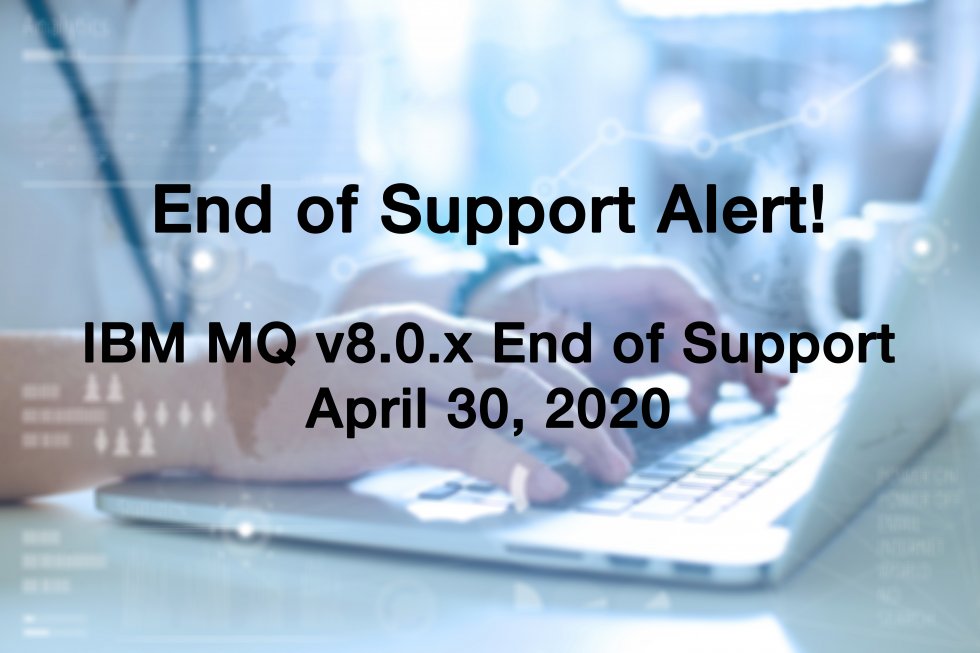

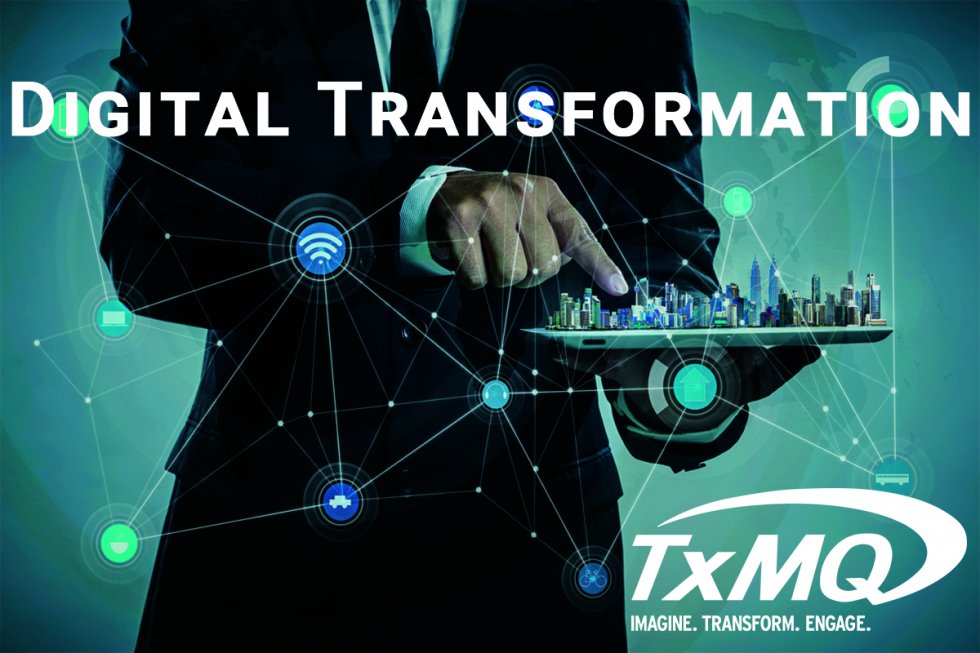
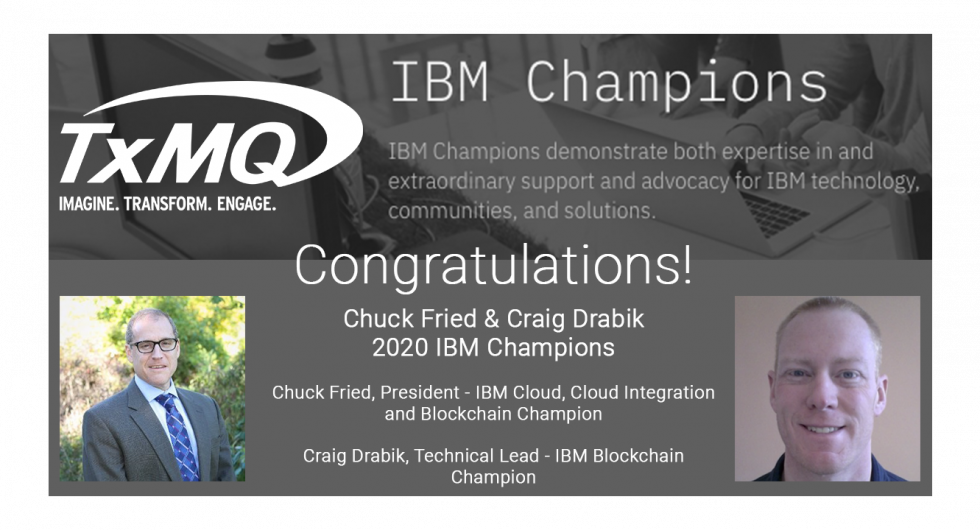



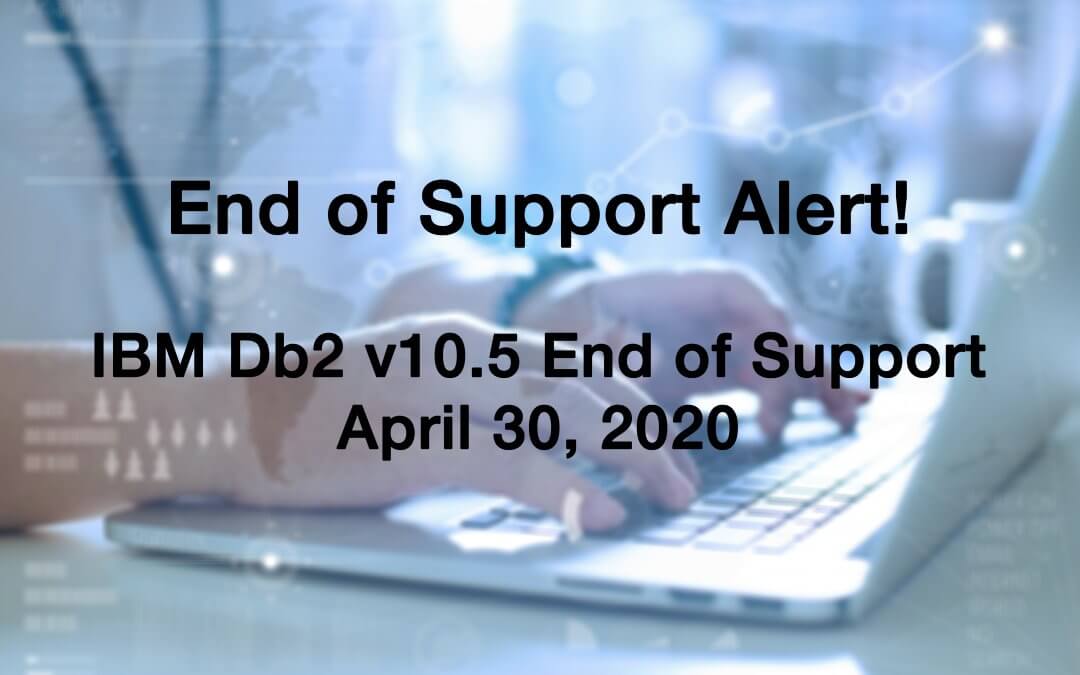




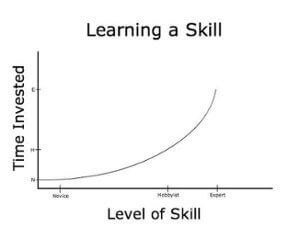
 Aviator is an application platform and toolset for developing DLT applications. We like to say that it is enterprise-focused yet startup-ready. We want to enable the development of private ledger applications that sit comfortably in enterprise IT environments, flattening the learning curve for everyone involved.
Aviator is an application platform and toolset for developing DLT applications. We like to say that it is enterprise-focused yet startup-ready. We want to enable the development of private ledger applications that sit comfortably in enterprise IT environments, flattening the learning curve for everyone involved. The work doesn’t end when the developers have delivered. Deploying and managing development, QA, and production DLT networks is seriously challenging. DLT architectures include a number of components, deployed across a number of physical or virtual machines, scaled across a number of identical nodes. Aviator aims to have IT systems administrators and managers covered there as well. We’re working on a toolset for visually designing your DLT network infrastructure, and a way to automatically deploy that design to your physical or virtual hardware. We’ll be delivering tooling to monitor and manage those assets through our own management tooling, or by integrating into the network management tooling your enterprise may already have. This is an area where even the most mature DLT platforms struggle, and there are exciting opportunities to lower frictions when managing DLT networks through better management capabilities.
The work doesn’t end when the developers have delivered. Deploying and managing development, QA, and production DLT networks is seriously challenging. DLT architectures include a number of components, deployed across a number of physical or virtual machines, scaled across a number of identical nodes. Aviator aims to have IT systems administrators and managers covered there as well. We’re working on a toolset for visually designing your DLT network infrastructure, and a way to automatically deploy that design to your physical or virtual hardware. We’ll be delivering tooling to monitor and manage those assets through our own management tooling, or by integrating into the network management tooling your enterprise may already have. This is an area where even the most mature DLT platforms struggle, and there are exciting opportunities to lower frictions when managing DLT networks through better management capabilities. For more information on Aviator, please visit our website at
For more information on Aviator, please visit our website at 